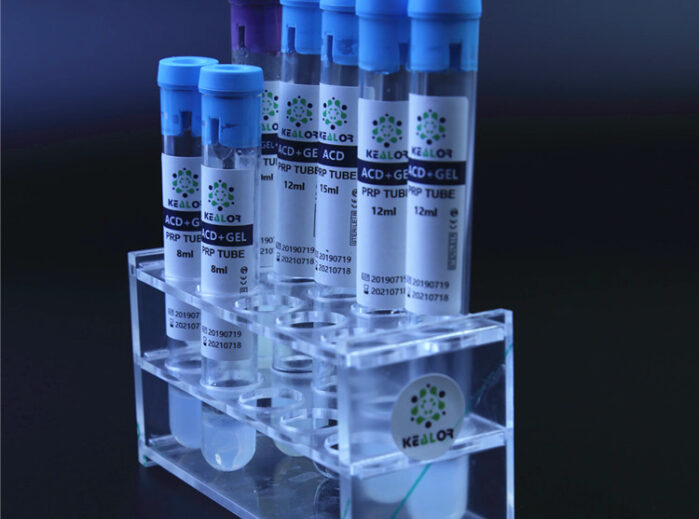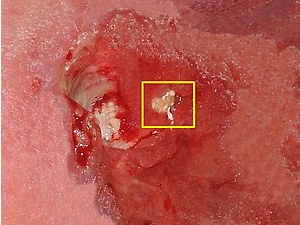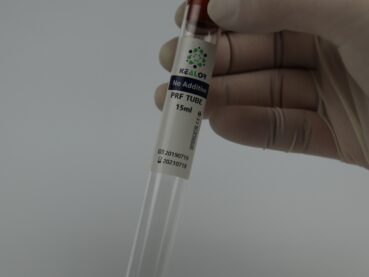Activating Platelet Rich Plasma (PRP) is an important step in the PRP preparation process for certain medical and aesthetic applications. Activation helps release growth factors from platelets, enhancing the therapeutic potential of PRP. There are various methods for activating PRP, and the choice of activation method can impact its therapeutic efficacy. Here are some common activation methods and their implications:
1. Calcium Chloride (CaCl2) Activation:
- Method: Calcium chloride is a common activator used to induce platelet degranulation. It is mixed with PRP to initiate the release of growth factors.
- Implications: CaCl2 activation is straightforward and widely used. It can enhance the effectiveness of PRP in promoting tissue regeneration, wound healing, and collagen production.
2. Thrombin Activation:
- Method: Thrombin, a protein involved in the blood clotting cascade, can be added to PRP to activate platelets. Thrombin interacts with fibrinogen, leading to the formation of a fibrin clot and the release of growth factors.
- Implications: Thrombin activation is efficient and can result in rapid platelet activation. It is often used in surgical settings and for procedures that require PRP to form a fibrin matrix, such as tissue grafts.
3. Calcium Gluconate Activation:
- Method: Calcium gluconate is an alternative to calcium chloride for PRP activation. It is mixed with PRP to trigger platelet degranulation.
- Implications: Calcium gluconate activation can be gentler on platelets compared to calcium chloride. It may be preferred in certain aesthetic procedures to minimize inflammation and discomfort.
4. Autologous Activation (No Exogenous Activators):
- Method: In some cases, PRP is activated naturally within the body without the use of exogenous activators. This can occur when PRP is applied to an injury site or surgical site where the body’s physiological processes activate platelets.
- Implications: Autologous activation relies on the body’s natural healing mechanisms and may be suitable for applications where controlled activation is not required. It avoids the use of external activators.
5. Platelet Activation Devices:
- Method: Platelet activation devices are mechanical systems that use physical agitation or mixing to activate platelets within PRP.
- Implications: These devices offer a standardized and controlled method of activation. They can help ensure consistent platelet activation and release of growth factors.
6. Caution with Over-Activation:
- Over-activation of PRP can lead to the release of excessive growth factors, potentially resulting in increased inflammation and adverse effects. Healthcare providers must strike a balance between optimal activation and avoiding over-activation.
The choice of activation method should consider the specific clinical application and the patient’s needs. For example:
- In orthopedic and tissue regeneration applications, more robust activation may be desired to stimulate tissue repair and reduce inflammation.
- In aesthetic procedures, a gentler activation method may be preferred to minimize inflammation and promote tissue rejuvenation.
Ultimately, the therapeutic efficacy of PRP is influenced by various factors, including the choice of activation method, platelet concentration, the patient’s condition, and the procedure. Healthcare providers should have a thorough understanding of these factors to select the most appropriate activation method for each clinical scenario.








